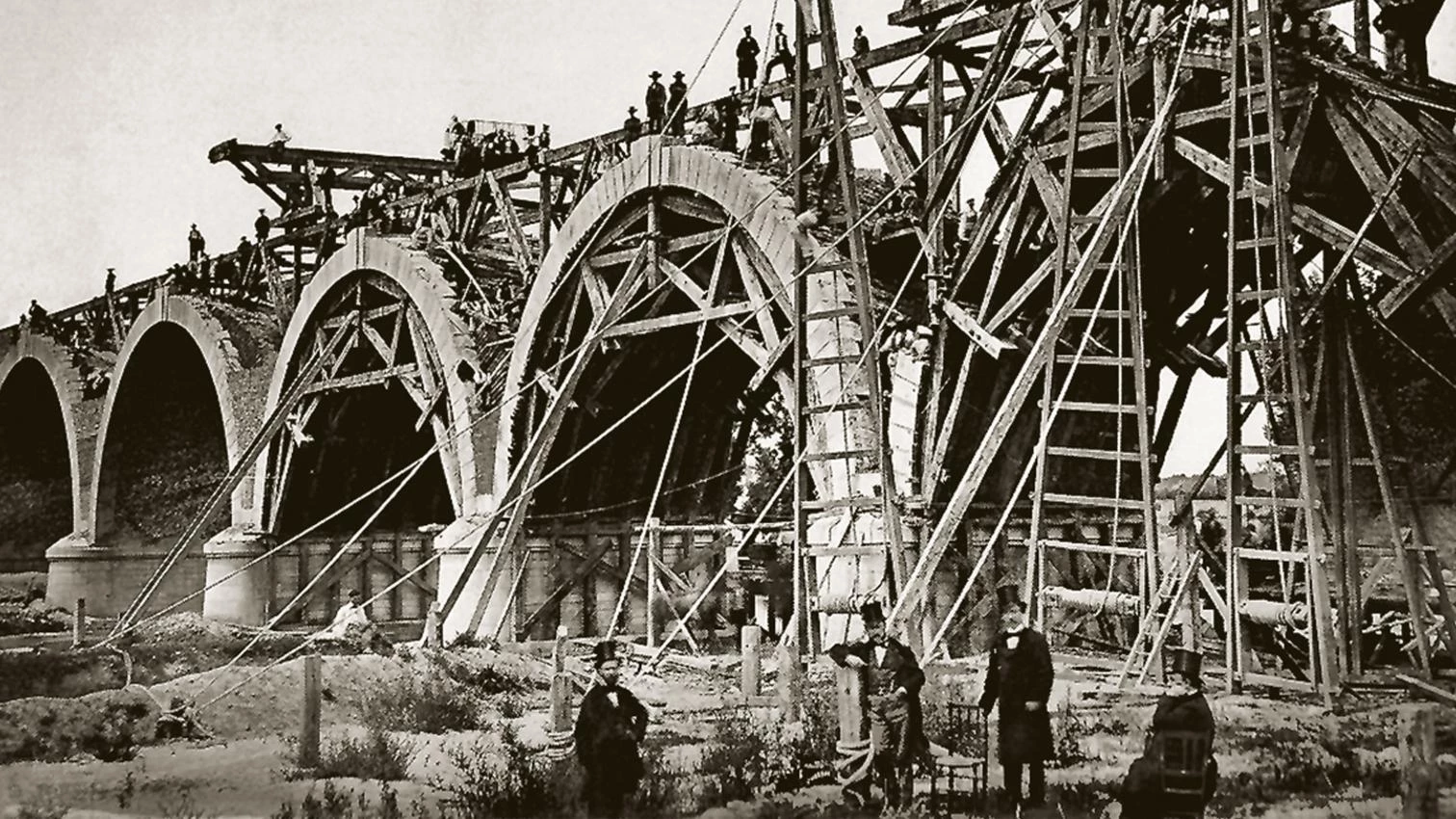
While in Madrid the ICO Museum takes stock of the artistic and modern facet of architectural photography, the exhibition being hosted until 4 October by the National Library of Spain nearby presents the documentary dimension of the work of 19th-century photographers. For Niépce, Daguerre, Talbot, and the like, photography was in principle nothing but an aid for artists, who thanks to it could finally rely on fixed and ‘objective’ images of reality. But the positivism and historicism that characterized the period soon turned photography into the best visual recorder of man-made things, in particular buildings already considered ‘monuments.’
This is precisely the context surrounding ‘Looking at Architecture: Monument Photography in the 19th Century,’ a parade of historical images, mostly belonging to the National Library of Spain, which brings out in all its splendor the fruitful relationship that architects, historians, and photographers cultivated with one another after use of the daguerrotype became generalized. The exhibition moreover puts emphasis on the photography of monuments in Spain of the 1800s, where the early pictorial interest of travelers to places like the Alhambra and Toledo soon gave way to the documentalist frame of mind of pioneers like the Welsh Charles Clifford – to whom we owe, for example, the impressive photos of the construction of the Canal de Isabel II aqueduct – or the French Jean Laurent, who set up in Madrid the first successful professional studio of architectural photography.





